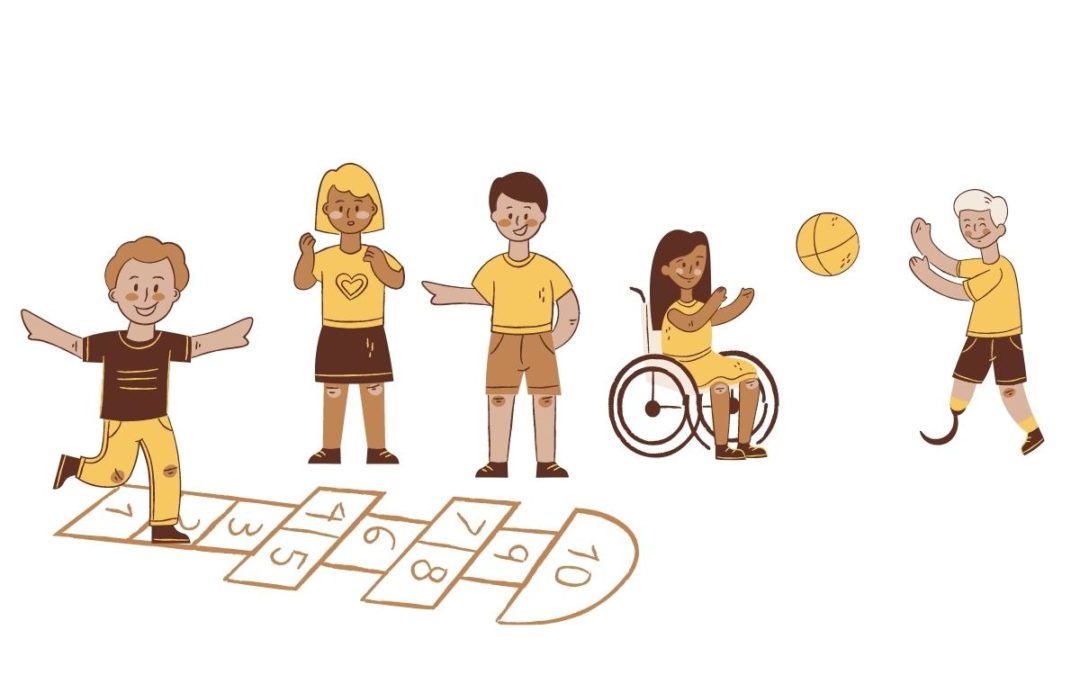Recognizine and Handling Bullying

COUNSELORS AND WEBSITES CAN HELP
What do you think of when you hear the word, “bully”? If you are of my parents’ generation, you might think of that kid who was always taking the other kids’ milk money. If you are my age (40 ummm..ish), you might think of the kid who taunted you on the playground or didn’t invite you to her slumber party. If you are a child in today’s world, the person who shared an unflattering photo or disparaging comment via social media might come to mind. If you are me specifically, you will recall the fellow third-grader who blackmailed you daily because she heard you say what, in hindsight, was a pretty innocuous, albeit mildly inappropriate word. Seriously! This teeny tormentor threatened to expose my indiscretion to our teacher on a daily basis unless I handed over my new crayons, Hello Kitty pencil case or whatever else she could extract from me in my panicked state.
Eventually I realized that I could take no more, so I “told” on myself. Sure, I got a slight reprimand in the form of a “black sheep,” but what I really got was an enormous sense of relief. Why? I had taken away the bully’s power and put myself back in charge — not to mention that I also secured my crayons and prized pencil case from her possession. Valuable life lesson learned. While my incident was traumatizing to me at the time, it’s ludicrous when you compare it to what kids go through today. Bullying is no longer just an obvious shove on the playground. There are levels of emotional and physiological torment made worse by the fact that there is a much larger audience for today’s bully, thanks to the world of technology. The Internet provides kids (and some adults) with a certain bravado that comes from hiding behind a computer screen. The perceived anonymity makes them feel invincible and empowers them to say things that they would most likely never have the nerve to express in a face-to-face confrontation.
As parents, we want to protect our children from bullying. The reality, however, is that we are not always going to be able to, nor should we fight their battles for them. That is not to say that we should observe a strict “hands-off” approach. On the contrary, there are cases when getting involved is not only appropriate, it is absolutely necessary. Lucia Carter, MA, LPC, cautions that the effects of long-term bullying can range from low self-esteem to depression and, in the worst cases, even suicide, so knowing how and when to intervene is critical. “Parents have several roles when a child is being bullied,” says Carter, a licensed professional child/ adolescent/adult psychotherapist in private practice. First, parents need to listen to the child’s concerns and validate the child’s feelings. Next, they should help the child develop coping strategies such as ignoring the bully, using humor to combat verbal aggression or reporting the bully to an adult. Finally, parents can help the child work step-by-step through situations that have occurred — or may in the future — and engage him in role-playing scenarios.
“The best approach depends on your child and what type of situation he or she is facing” says Carter. “It is important to help your child find the most natural and effective response for his or her comfort level.” If the techniques your child is employing are not working, then it may be time to take things to the next level. If the bullying is occurring at school, this could mean alerting the principal and teachers to the situation. If it is taking place off campus, it could mean having a conversation with the parents of the child doing the bullying.
But what if your child asks you NOT to intervene? “This is a very individual and complex situation that should be taken seriously,” advises Carter, adding that it can foster a child’s self-esteem to be able to stand up to a bully and set his or her own boundaries. It can also be a valuable experience for dealing with future issues. However, if you choose to honor your child’s wishes and not inform the school, Carter says it is imperative that you effectively monitor the situation to ensure that the bullying is not continuing or escalating. A case where the parent or adult should ALWAYS intervene is when the bullying is happening in cyberspace. Carter says it is the responsibility of the parents to get involved in these cases and to notify the cyberbully’s parents. She recommends the website www.stopcyberbullying.org, which walks children and their parents through the “stop, block, and tell” approach. According to the site, the first step is to stop and take five minutes to cool off before posting a knee-jerk response. The second step involves blocking the cyberbully or limiting all communications to the people on “buddy lists.” Finally, the child should always tell a trusted adult. Cyberbullying can also be reported to www.wiredsafety.org.
Bullying in any shape or form is never OK. Even if it seems as though the situation is a case of “kids being kids,” parents should never ignore their child’s fears or concerns. In addition to www.stopcyberbullying.org, other helpful resources for parents and children include www.stopbullying.gov and www.safechild.org.









0 Comments